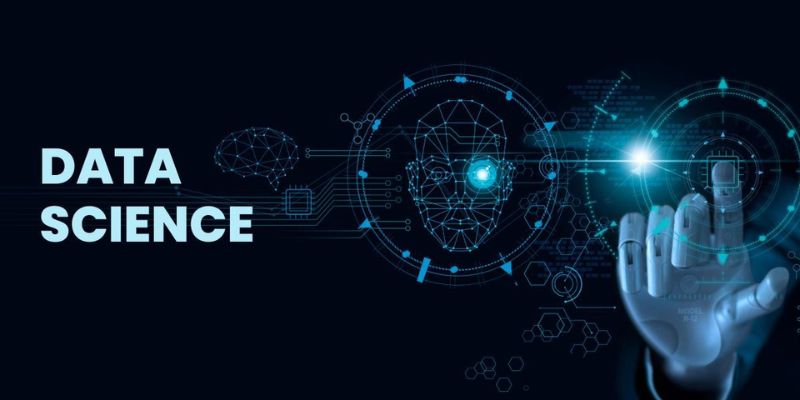
Data Science is a multidisciplinary field that combines statistical analysis, machine learning, and domain knowledge to extract insights from data. The Data Science process is a structured approach that helps in systematically solving complex data-related problems. This blog outlines the key steps in the Data Science process for delivering actionable insights. Whether you’re in academia, healthcare, finance, or any other sector, understanding and implementing these steps are crucial for success. Furthermore, integrating the Data Science Course in Coimbatore into your learning journey provides hands-on experience and expertise necessary to excel in this dynamic field.
Understanding the Problem
The first step in the Data Science process is understanding the problem. This involves clearly defining the problem you are trying to solve and understanding the business context. Engaging with stakeholders to gather requirements, asking pertinent questions, and identifying the goals and objectives are crucial in this phase. A well-defined problem statement sets the foundation for the subsequent steps and ensures the project aligns with the business needs.
Data Collection
Once the problem is clearly defined, the next step is data collection. Data can come from various sources such as databases, web scraping, APIs, or external datasets. This phase involves identifying the relevant data sources, understanding the data format, and collecting the data needed for analysis. It’s important to ensure that the data collected is comprehensive, relevant, and of high quality.
Data Cleaning and Preprocessing
Raw data is often messy and may contain missing values, duplicates, or inconsistencies. Data cleaning and preprocessing are critical steps in the Data Science process. This involves handling missing data, removing duplicates, correcting errors, and transforming the data into a suitable format for analysis. This step ensures the quality and reliability of the data, which directly impacts the accuracy of the results. Enrolling in the Data Science Course in Hyderabad provides professionals with the skills and techniques to proficiently conduct these data cleaning and preprocessing tasks, ensuring that the insights derived from the data are robust and reliable.
Exploratory Data Analysis (EDA)
Exploratory Data Analysis (EDA) is a crucial phase where data scientists use statistical and visualization techniques to explore the data. EDA aims to understand the data’s underlying patterns, relationships, and distributions. This step involves creating plots, graphs, and summary statistics to identify trends, correlations, and anomalies. EDA helps gain insights that guide modelling techniques and feature selection.
Feature Engineering
Feature engineering involves creating new features or modifying existing ones to improve the performance of machine learning models. This step is highly iterative and requires domain knowledge and creativity. Feature engineering can involve creating interaction terms, normalizing data, encoding categorical variables, and selecting the most relevant features. Effective feature engineering can significantly enhance the predictive power of the models.
Model Building
Model building is the core of the Data Science process, where data scientists select and apply appropriate machine learning algorithms to the prepared data. This involves splitting the data into training and testing sets, training the model on the training data, and evaluating its performance on the test data. Depending on the nature of the problem, various algorithms such as regression, classification, clustering, or deep learning may be used. Model tuning and optimization are also essential to improve model performance. Incorporating the Data Science Course in Kochi ensures that professionals have the knowledge and skills to proficiently carry out these tasks, leveraging the latest tools and techniques in the field.
Model Evaluation
After building the model, evaluating its performance using appropriate metrics is crucial. This step involves assessing the model’s accuracy, precision, recall, F1 score, or other relevant metrics based on the problem. Cross-validation and other validation techniques ensure the model is generalizable and does not overfit the training data. Model evaluation helps in selecting the best deployment model.
Model Deployment
Once the model is evaluated and fine-tuned, the next step is deployment. Model deployment involves integrating the model into the production environment where it can be used to make predictions on new data. This step requires collaboration with IT and software engineering teams to ensure the model is scalable, reliable, and secure. Monitoring and maintaining the deployed model is critical to ensure its continued performance.
The Data Science process is a comprehensive and iterative approach that involves multiple steps, from understanding the problem to deploying the model. Each step is crucial and requires careful consideration to ensure the success of the Data Science project. By following this structured process, data scientists can effectively extract insights from data and deliver actionable solutions that drive business value. Additionally, incorporating the Data Science Course in Pondicherry into your organization’s learning initiatives empowers your team with the skills and knowledge needed to execute each step of the Data Science process, maximising data-driven decision-making’s impact within your business.
